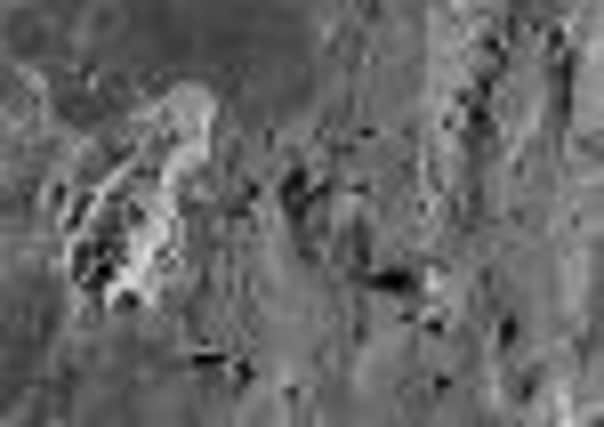In pictures: sonar mapping the wreck of the Titanic


An expedition team used sonar imaging and more than 100,000 photos taken from underwater robots to create the map, which shows where hundreds of objects and pieces of the vessel landed after striking an iceberg, killing more than 1,500 people.
It is hoped that by creating the first comprehensive map of the entire three-by-five-mile Titanic debris field
Advertisement
Hide AdAdvertisement
Hide Adaround the sunken liner that new clues about how it met its fate after hitting an iceberg over 100 years ago will emerge.
Already the research team have identified marks on the open floor which suggest the stern of the ship rotated like a helicopter blade as it sank rather than plunging straight down.
Explorers of the Titanic - which sank on its maiden voyage from Southampton to New York City - have known for more than 25 years where the bow and stern landed after the vessel struck an iceberg.
But previous maps of the floor around the wreckage were incomplete, said Parks Stephenson, a Titanic historian who consulted on the 2010 expedition.
Studying the site with old maps was like trying to navigate a dark room with a weak flashlight.
“With the sonar map, it’s like suddenly the entire room lit up and you can go from room to room with a magnifying glass and document it,” he said.
“Nothing like this has ever been done for the Titanic site.”
The mapping took place in the summer of 2010 during an expedition to the Titanic led by RMS Titanic, the legal custodian of the wreck, along with Woods Hole Oceanographic Institution in Falmouth, Massachusetts, and the Waitt Institute of La Jolla, California.